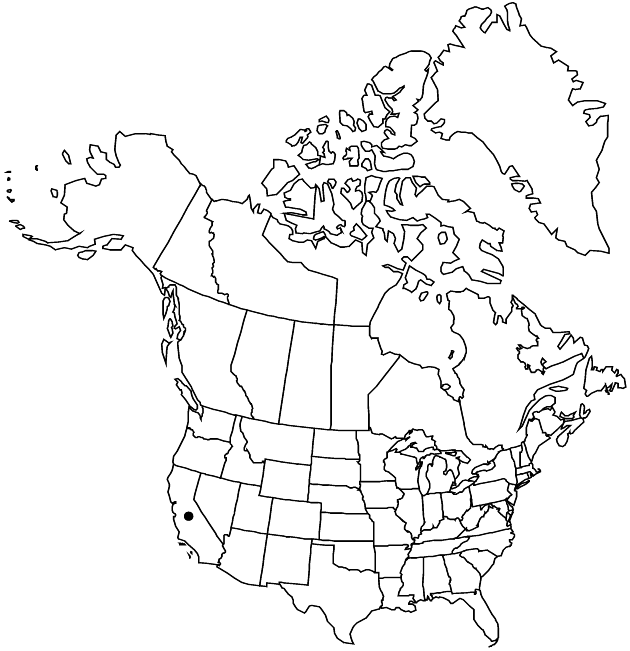Difference between revisions of "Erigeron robustior"
Sida 21: 21. 2004.
FNA>Volume Importer |
FNA>Volume Importer |
||
| Line 53: | Line 53: | ||
|publication year=2004 | |publication year=2004 | ||
|special status= | |special status= | ||
| − | |source xml=https://jpend@bitbucket.org/aafc-mbb/fna-data-curation.git/src/ | + | |source xml=https://jpend@bitbucket.org/aafc-mbb/fna-data-curation.git/src/8f726806613d60c220dc4493de13607dd3150896/coarse_grained_fna_xml/V19-20-21/V20_566.xml |
|tribe=Asteraceae tribe Astereae | |tribe=Asteraceae tribe Astereae | ||
|genus=Erigeron | |genus=Erigeron | ||
Revision as of 15:24, 18 September 2019
Perennials, (15–)25–55 cm (not colonial); taprooted, taproots thin (2–3 mm wide), caudices simple or with relatively slender and short, erect branches. Stems (often purplish) erect or decumbent, sparsely strigillose (basal cells inclined, hairs even-width), eglandular. Leaves basal (often withering by flowering) and cauline; basal blades (3-nerved) linear to narrowly oblanceolate, 90–170 × 3–7 mm, cauline gradually reduced distally, ending proximal to heads, margins entire, faces strigoso-hirsute, eglandular. Heads 1–3. Involucres 6–8.5 × (12–)14–20 mm. Phyllaries in 2–3(–4) series (narrowly oblanceolate to lanceolate, acute-acuminate), sparsely to moderately hirsute to villous, eglandular. Ray florets 21–36; corollas 7–15(–19) mm, laminae white to pinkish, not coiling or reflexing. Disc corollas 3.5–4.5 mm. Cypselae (1.8–)2–3.2 mm, 2-nerved, faces sparsely strigose; pappi: outer of setae, inner of 15–22 bristles.
Phenology: Flowering Jun–Jul.
Habitat: Rocky or gravelly slopes, sometimes over serpentine, glades and meadows, seeps, sagebrush-scrub, proximal montane coniferous forest
Elevation: (200–)700–1500 m
Discussion
Selected References
None.
